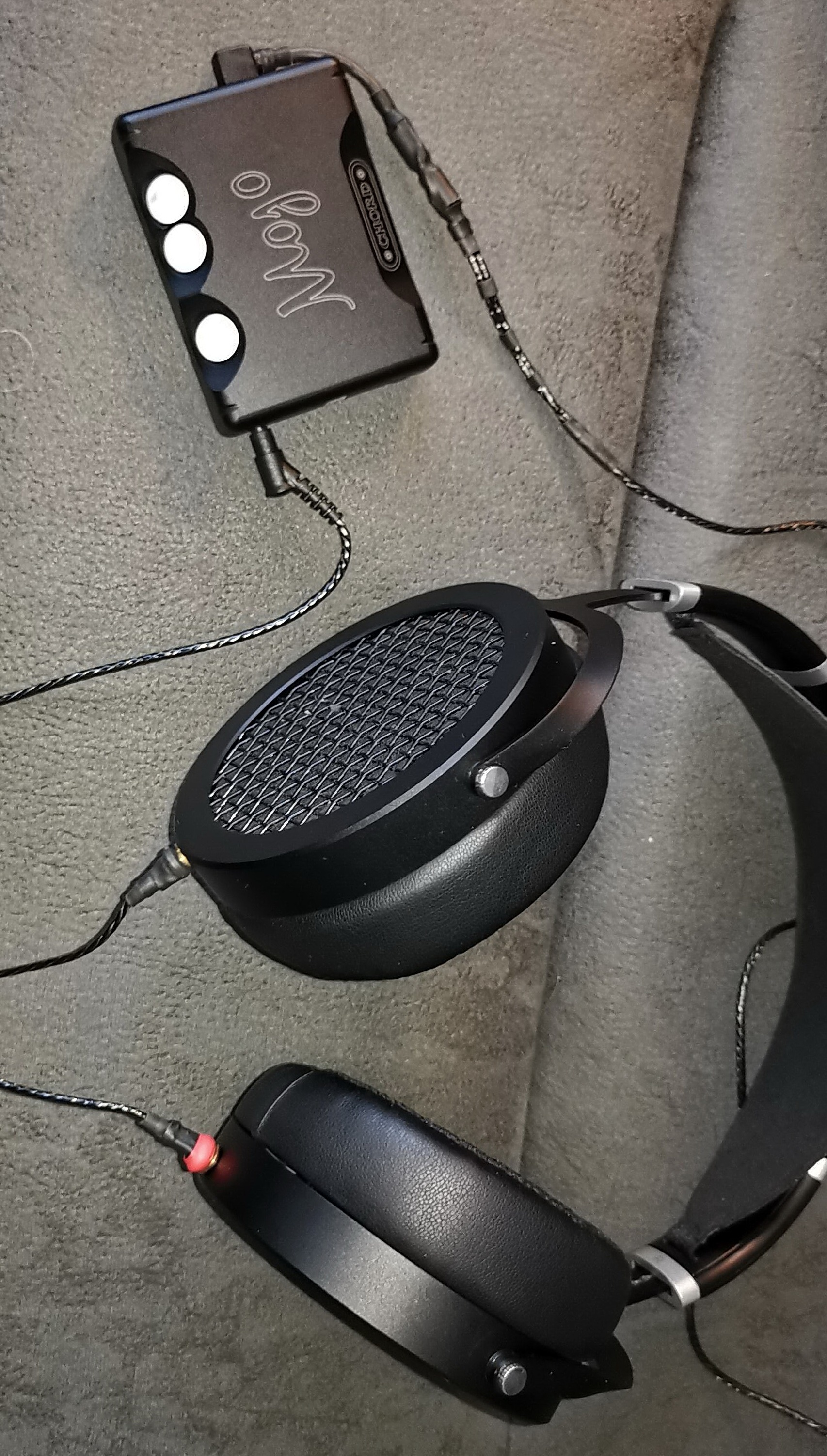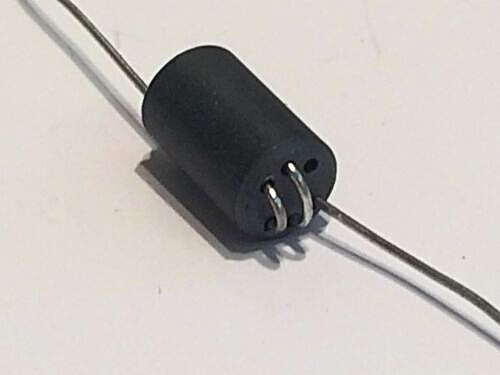@Rob Watts I'm interested in your opinions regarding the "stuff" that is commonly seen in the output of power amplifiers.
As far as I can tell it's quite common for there to be a "Zobel network" or "Boucherot Cell" (or both?) in power amplifiers. One of the considerations here relates to the control of high-frequency oscillations which can "run away" or destroy the amplifier (over-current, presumably).
Usually this is stuff seen with power amplifiers that are used to drive loudspeakers. The cable used to connect the speakers is an "unknown" and the speakers themselves are also an unknown. The combination of these unknowns presents the designer of the amplifier tricky questions about maintaining the safety margins of the amplifier.
Sometimes, it seems, there's discussion of RF induced into the speaker cables having an interaction with the feedback circuitry of the power amplifier.
I'm guessing that in the design of your DACs with headphone-capable outputs, you do not use any of these techniques to control the behaviour of the output circuit. I suppose if nothing else these extra elements will cause reduced transparency. On the other hand, perhaps RF induction is a problem that needs to be solved?
Presumably, "well-behaved" cable constructions and headphones minimise problems for your headphone drive amplifiers. But still you have to solve the problem of all possible, potentially "unsafe" connections and with TT2 in particular, given the fact it happily drives speakers, there's greater scope for problematic connections which might be dangerous for TT2.
So, how should amplifiers tackle the variables of cables and speakers that they are connected to? How do you ensure that amplifier safety is always exceptional?


























